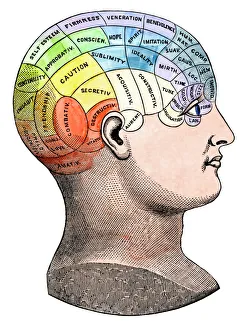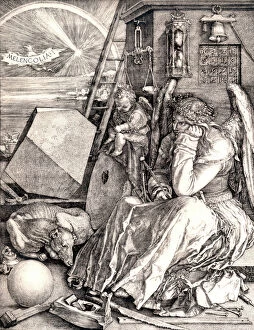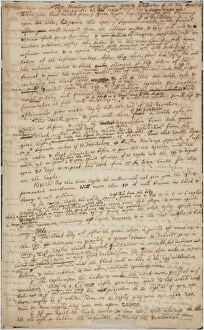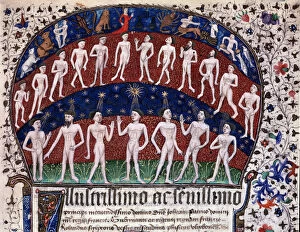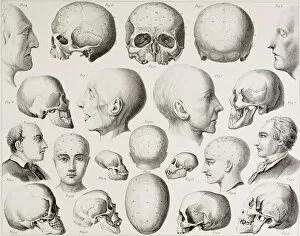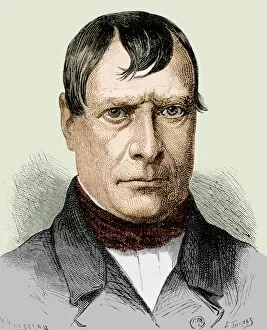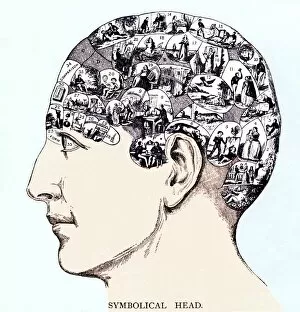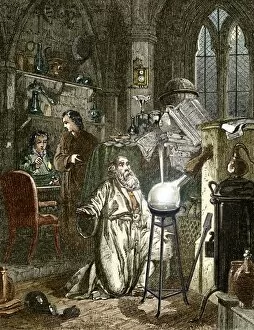Pseudo Science Collection
"Pseudo Science: Unveiling the Mysteries of the Past" Step into a world where phrenological models determined personality traits
All Professionally Made to Order for Quick Shipping
"Pseudo Science: Unveiling the Mysteries of the Past" Step into a world where phrenological models determined personality traits, alchemy sought to turn base metals into gold, and homunculi were believed to exist within human sperm. This captivating woodcut from Leonhard Thurneysser zum Thurn's Quinta Essentia transports us back to the intriguing realm in the 16th century. The Alchemist, depicted in this mesmerizing engraving by Hellmer, captures the essence of those who tirelessly pursued elusive secrets hidden within nature. Their quest for transmutation and immortality fueled their imaginations and pushed boundaries that bridged science and mysticism. Intriguingly, an essay on Dioptrique reveals a belief in homunculi residing inside human sperm - a concept that now seems far-fetched but once captivated minds seeking answers about creation itself. Such ideas highlight how pseudo science often intertwined with religious beliefs during these times. Delving deeper into history, we encounter alchemical writers listed by nationality in this pen and ink illustration from around 1700. These individuals dedicated their lives to unraveling nature's mysteries through experimentation and observation – even if some theories proved unfounded or fantastical. "The Hunting of the Green Lyon" takes us on an enigmatic journey through time as we explore its intricate details captured on paper. The symbolism embedded within this artwork reflects both occult practices and pseudoscientific pursuits prevalent during that era. A glimpse at Muhammad ibn Khutlukh al-Mawsili's geomantic calculator showcases ancient divination techniques based on interpreting patterns formed by tossing handfuls of sand or pebbles onto specially marked surfaces. Though considered esoteric today, such practices were once taken seriously as means to predict future events. Recorded experiments like distillation followed by burning remind us how pseudo scientists meticulously documented their findings while striving for breakthrough discoveries.

